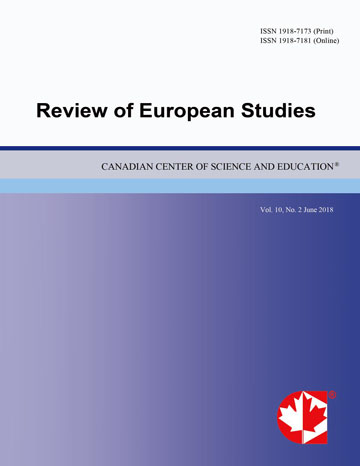“Hard Copy” Building Model versus Digital Webpage Serving the Representation of Concepts in Architecture Design and in Scenographic Design
- Maria Bostenaru Dan
Abstract
We will talk about how the same concept can be represented differently in the environment of building a model of the designed object/installation versus the digital representation in a webpage in case of a building and of scenographic installations. The digital representation is more than just the digitalization, as it involves a conversion of the concept. The building we try to represent, “AQUA MEGA” is an aquarium and museum of water. For the project, apart of drawn pieces, we built an urbanism project which included the volumes and the landscape design, as well as a building model where the construction was detailed: the aquaria but mainly the building of the museum, out of laminated wood joints in free form which at the same time it is the ceiling of the hall between the aquaria. This hard copy model in different diminished scales represent how the concept of the museum of water, which aims at the ambivalence of the element, between heritage and hazard, between building vulnerability and being a vulnerable habitat, translates into a building. The atmosphere could not be built, and the way spatiality can be read is limited, the accent being on volumes. At the same time we built a webpage for the museum of water, designing a round trip along similar aquarium constructions in the world we visited, and explaining the concept through text. It makes use of multimedia techniques in making it interactive. The first scenographic installation is that of the “Rediscovered space”. The model is this time 1:1, and it represents the door to this space. It works with sand, which covers the door like forgetting, and with coloured light, which passes behind the door, to awake the memory. In sand also boxes with elements addressing the senses are buried and to be diggen out like by archaeologists. It is the concept of these boxes addressing the senses to which the multimedia webpage goes back. Because also for this project we developed a web page, in frame of an exhibition. In this the model is documented, as it is the bringing to paper of the concepts, playing with illustrated and with black surfaces the contours of which inspire the feeling of the spaces. It is this where the 3D digital model in the webpage comes back: the models of the spaces are boxes, like those in the sand, using walls instead of contours to suggest feelings. The second scenographic installation addresses augmented reality. We designed an array of “doors” like before, where the visitors can immerse into the photographs projected, mirrored or shadowed. The digital version goes for stereo images, involving the 3D model and the photograph. Finally we approached the green wall. While pockets on skeletons to build a green wall can be the boxes of before, for a digital version we can dug among the thorns from Grimm/Perrault ?s sleeping beauty, to find shapes of spaces, like in a Paradise Garden concept, for which we have a model, for example with an image map.
- Full Text:
 PDF
PDF
- DOI:10.5539/res.v7n3p210
Index
- ACNP
- CNKI Scholar
- DTU Library
- Elektronische Zeitschriftenbibliothek (EZB)
- EuroPub Database
- Excellence in Research for Australia (ERA)
- Genamics JournalSeek
- Google Scholar
- Harvard Library
- HeinOnline
- Infotrieve
- JournalTOCs
- Mir@bel
- Open policy finder
- RePEc
- ResearchGate
- ROAD
- Scilit
- Technische Informationsbibliothek (TIB)
- The Keepers Registry
- Universe Digital Library
- WorldCat
Contact
- Paige DouEditorial Assistant
- res@ccsenet.org
